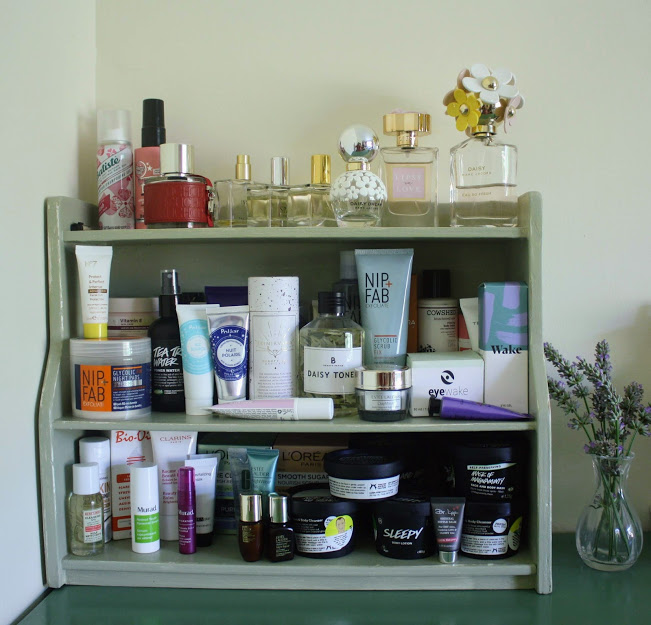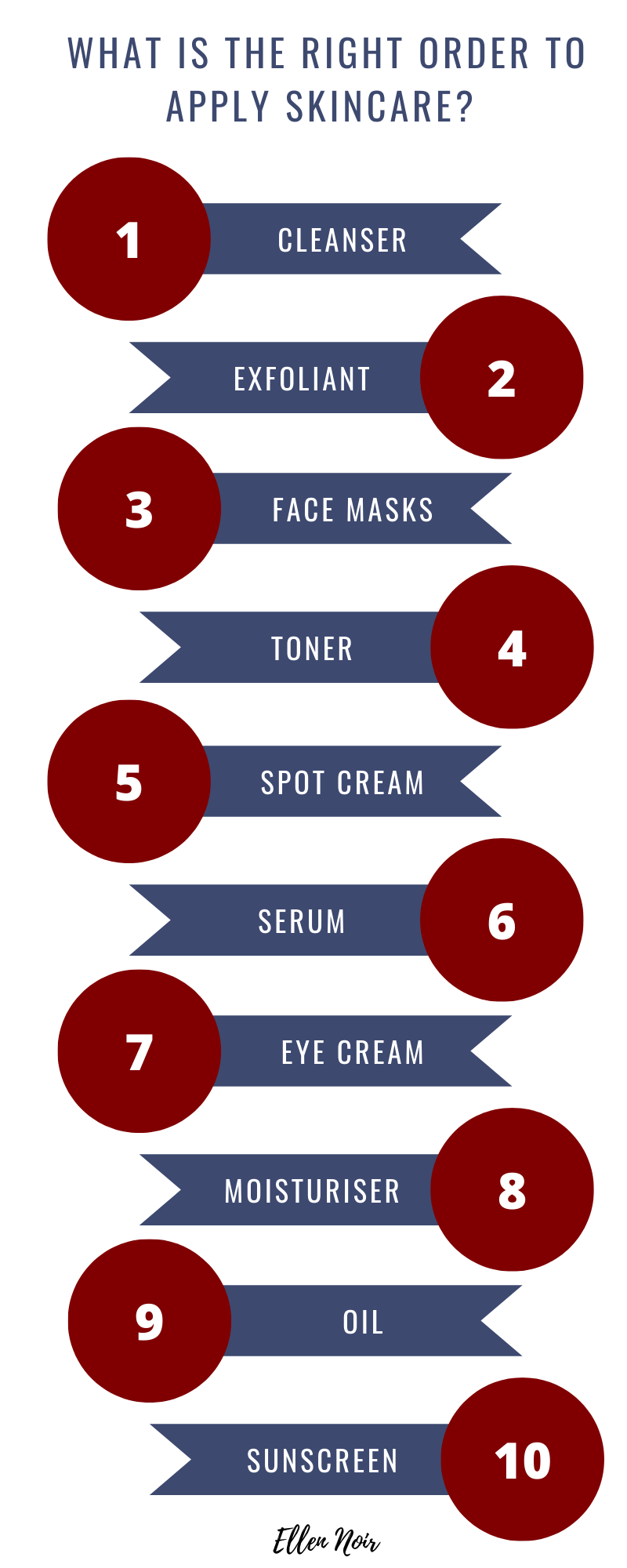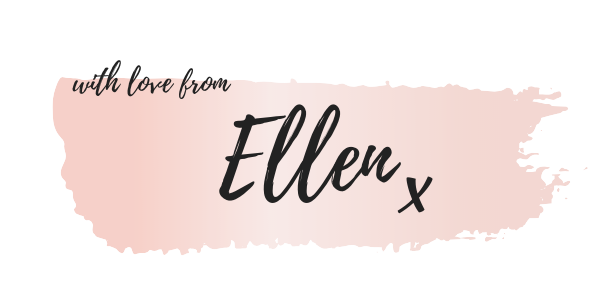
While skincare can be a very complex world that requires a lot of research, trial and error, perhaps one of the most confusing aspects is working out the right order to apply your skincare products. When faced with a shelf full of products from serums to sprays, it can seem a little intimidating trying to work out when to use each. Sometimes even I am tempted to abandon it all and sacrifice good skin for the ease of just cleansing then moisturising my face. However, with a few simple guidelines, you’ll understand the art of product layering in no time!
Why is Correct Product Layering Important?
For one, the need to get your skincare routine in the right order is a bit of common sense. There would be no point cleansing after moisturising, for example, because you’d just be washing off all the cream! While that aspect may be obvious to you, another reason product layering is so important for skincare is the fact that some products are better at penetrating your skin than others. Serums like retinol and vitamin C work wonders when they can penetrate the skin, but they won’t be able to do that if they are applied on top of thicker products such as moisturiser. As such, the general skincare order involves removing dirt and oils from your skin and pores, before applying products to the face in order of how heavy they sit on your skin.

-
Cleanser
Cleansing is one of the most important steps in a skincare routine, washing away all the surface dirt, and helping to clear out your pores. Double cleansing can be a great idea, using an oil-based cleanser to start to break down any remaining makeup and dirt, before cleansing using a water-based cleanser. You need to cleanse two times a day – morning and evening.
-
Exfoliant
The next step is to exfoliate, which helps to remove any dead skin cells. By clearing away dead skin cells, you allow your other skincare products a better chance to reach deep into your skin and act more effectively. While exfoliating traditionally involved a scrub, this can actually be more harmful to your skin, so a chemical exfoliant is preferable. You should only use exfoliator two or three times a week.
-
Face Masks
As well as being a self-care staple, face masks are also great for further removing impurities, removing excess oils, smoothing and hydrating skin (depending on the type you use). There are many different types of face mask, and you can choose one based on what your skin needs. You don’t need to use a face mask every night, though; once or twice a week will do!
-
Toner
If you like to use toner, then soak a cotton pad with some and wipe it into your face and neck. Toner helps to remove any remaining dirt and oil and tightens up your pores.
-
Spot Cream / Prescription Skincare
If you have problem skin that requires a product with active ingredients, such as steroid cream, then you should apply that next. After you have cleansed, exfoliated or masked, and toned, your skin will be as clean as it can be, and ready for any treatments and serums. You must apply any spot cream or prescription skincare now, as it will have the best chance of penetrating the skin and working to its full potential. Obviously, if you don’t need any specialist skin treatment, then skip this step!

-
Serum
Serums are fairly thin and packed full of active ingredients that do a great deal of work repairing, hydrating and smoothing your skin. Therefore, they should be the first product to be applied once your face is clean (and any spot treatments used), so that they can get deep into the skin and do their thing!
-
Eye Cream
If you like using a gentler dedicated cream for your eye area, then eye cream is the next step. Eye cream should be applied to the under-eye area to keep it smooth, bright and hydrated. The skin in the eye area is delicate and needs a gentle touch, so apply with light patting motions.
-
Moisturiser
Not only does moisturiser help to lock in moisture to hydrate your skin, but it also helps to lock down all of the products you’ve just applied. Moisturisers will be one of the thickest products you use, so should be one of the last to apply.
-
Oil
While moisturiser is thick, most oils will be able to make their way through a moisturiser and still offer great benefits to the skin. If you have dry skin, then adding an oil can further help to seal in moisture, as well as brighten skin and refine pores.
-
Sunscreen
The one skincare element you definitely shouldn’t be leaving the house without, sunscreen or SPF should be the last skincare product you put on your face. Sunscreen keeps your skin safe from UV, which in the long run reduces wrinkles, sunspots and cancer. It is important that it is the last product you apply, as it will ensure the other products used don’t mess with its efficiency. It is also important to be aware that using a moisturiser with SPF in is not effective enough to offer sun protection benefits.
Remember that skincare routines are very personal things, and while this is the correct order to use each of these products, it does not mean that you have to use all of these products! A very basic skincare routine would work with cleanser, moisturiser and SPF, but you can add in all of these additional products as and when they are needed by your skin.

